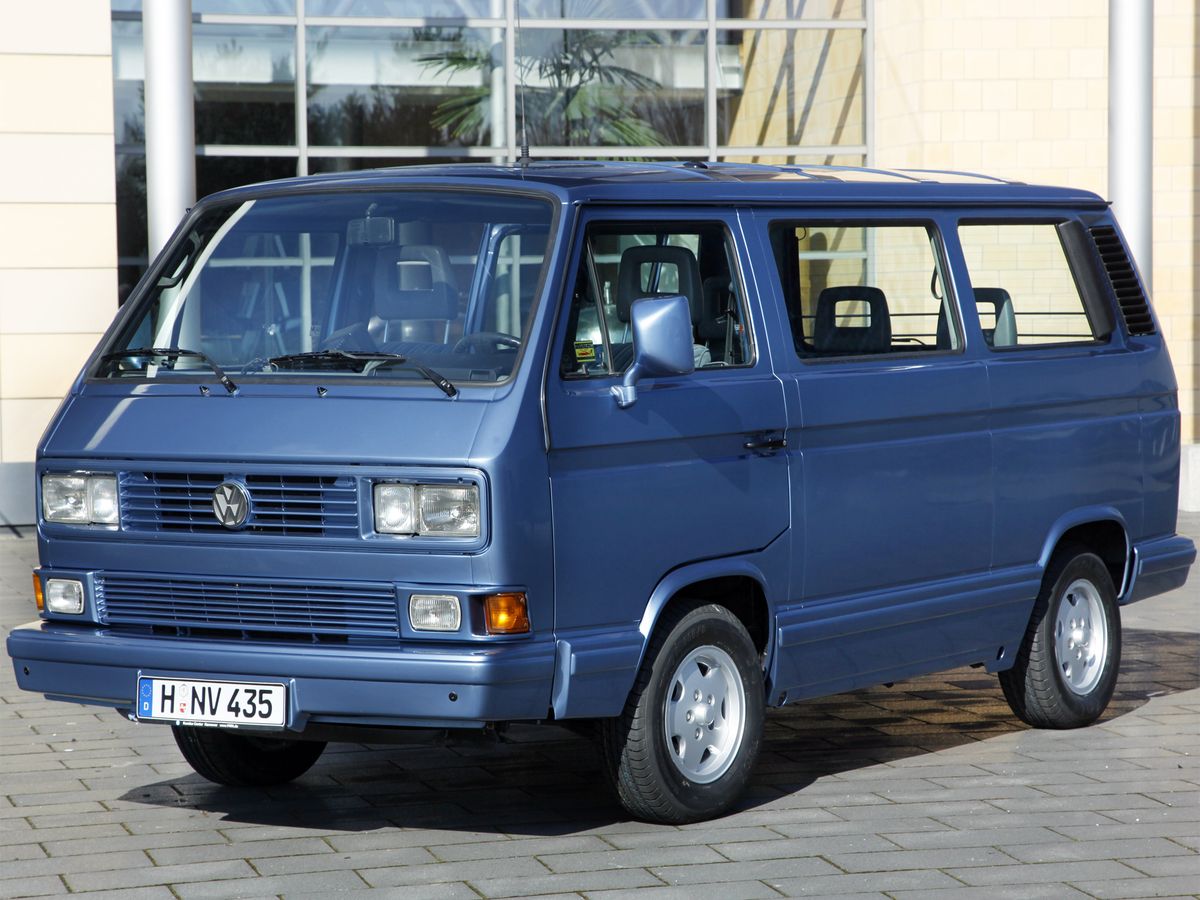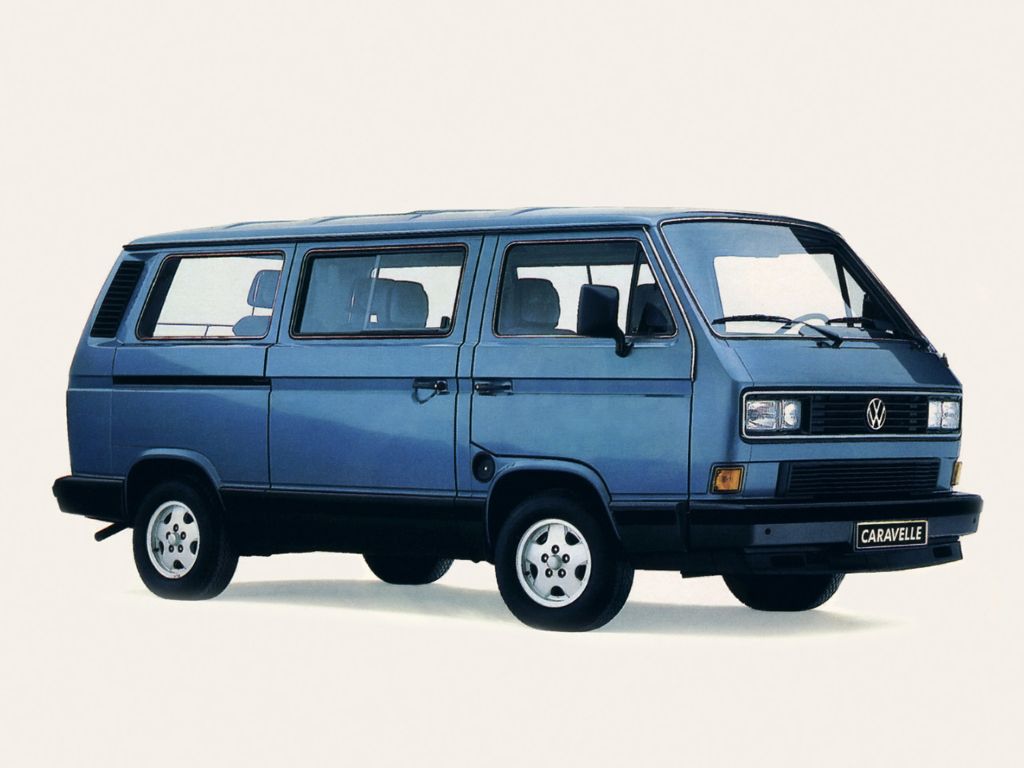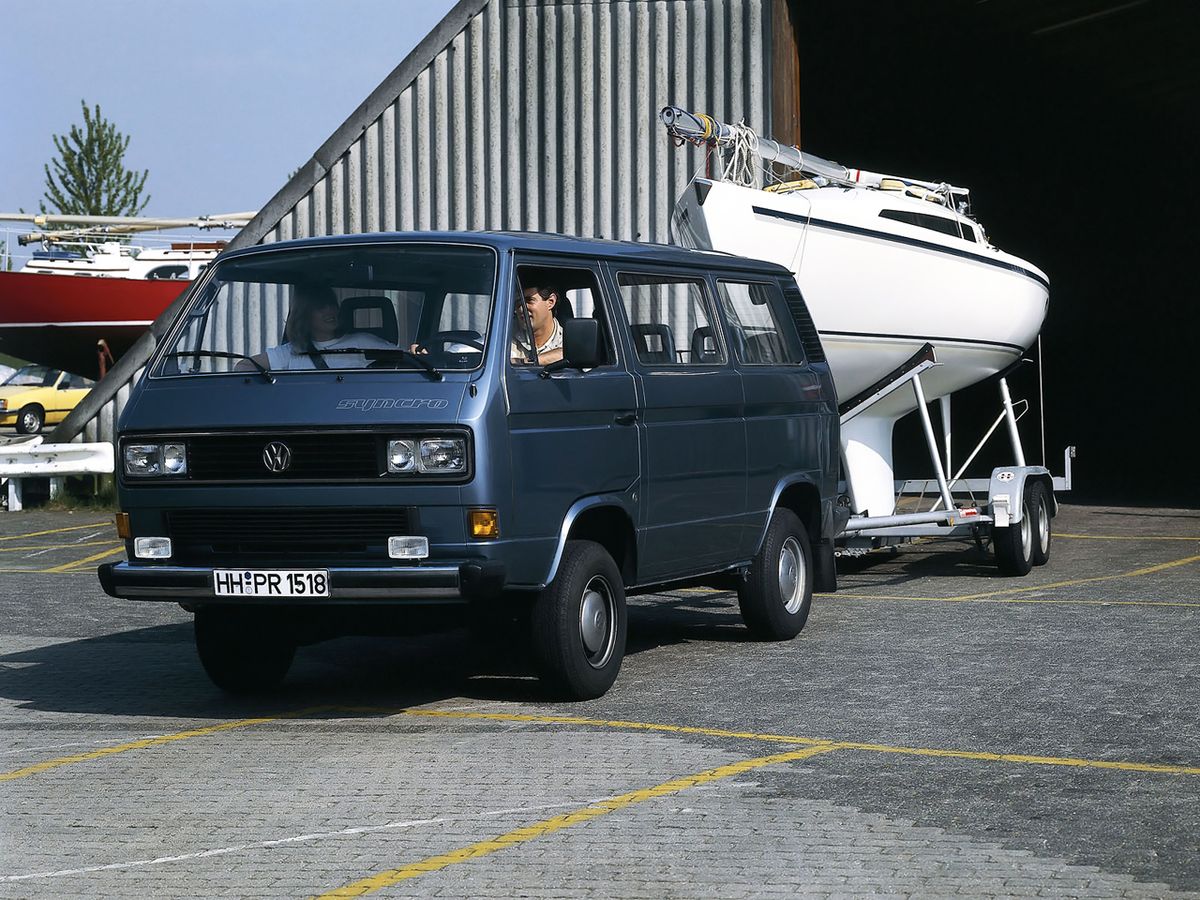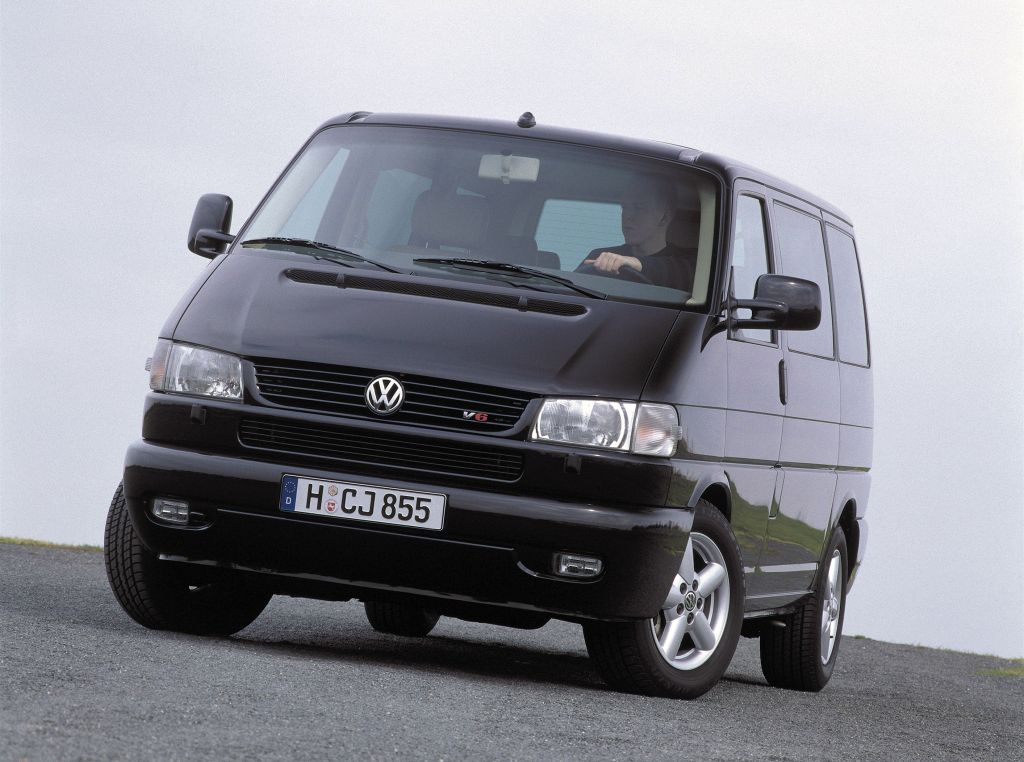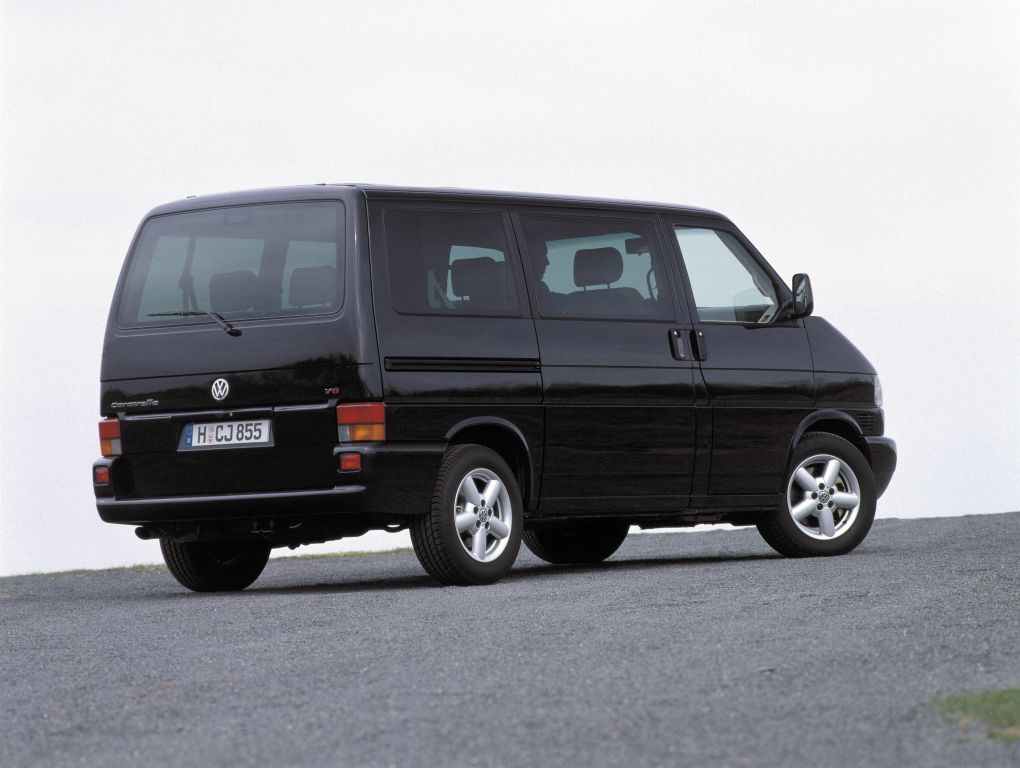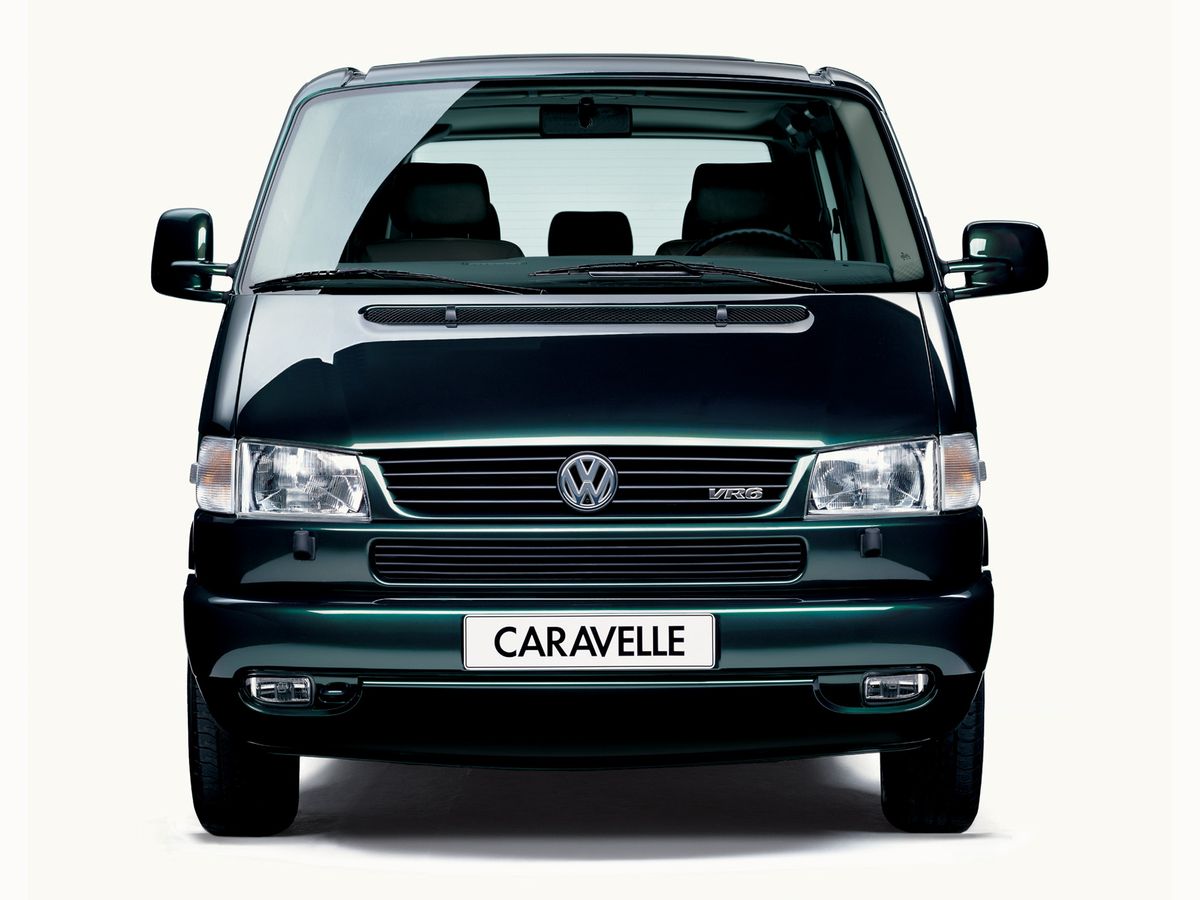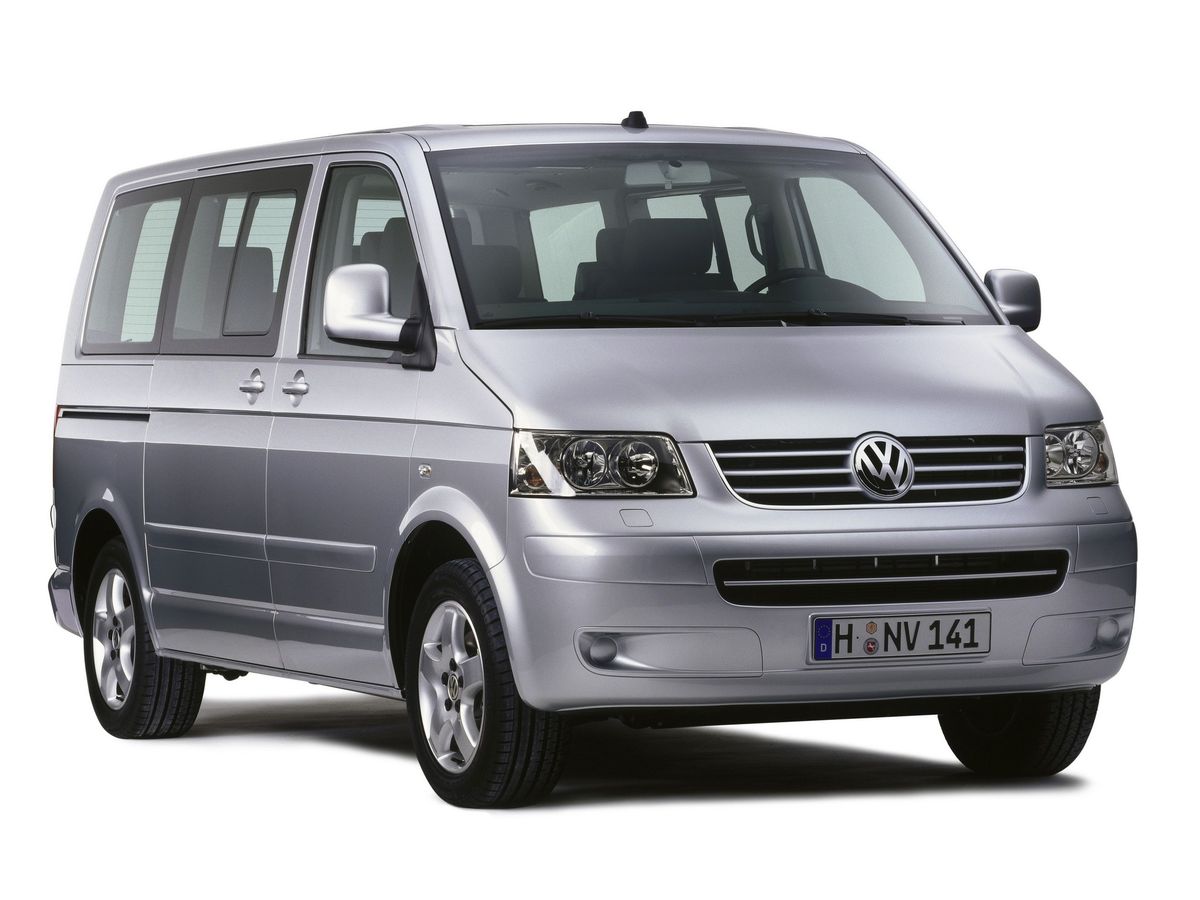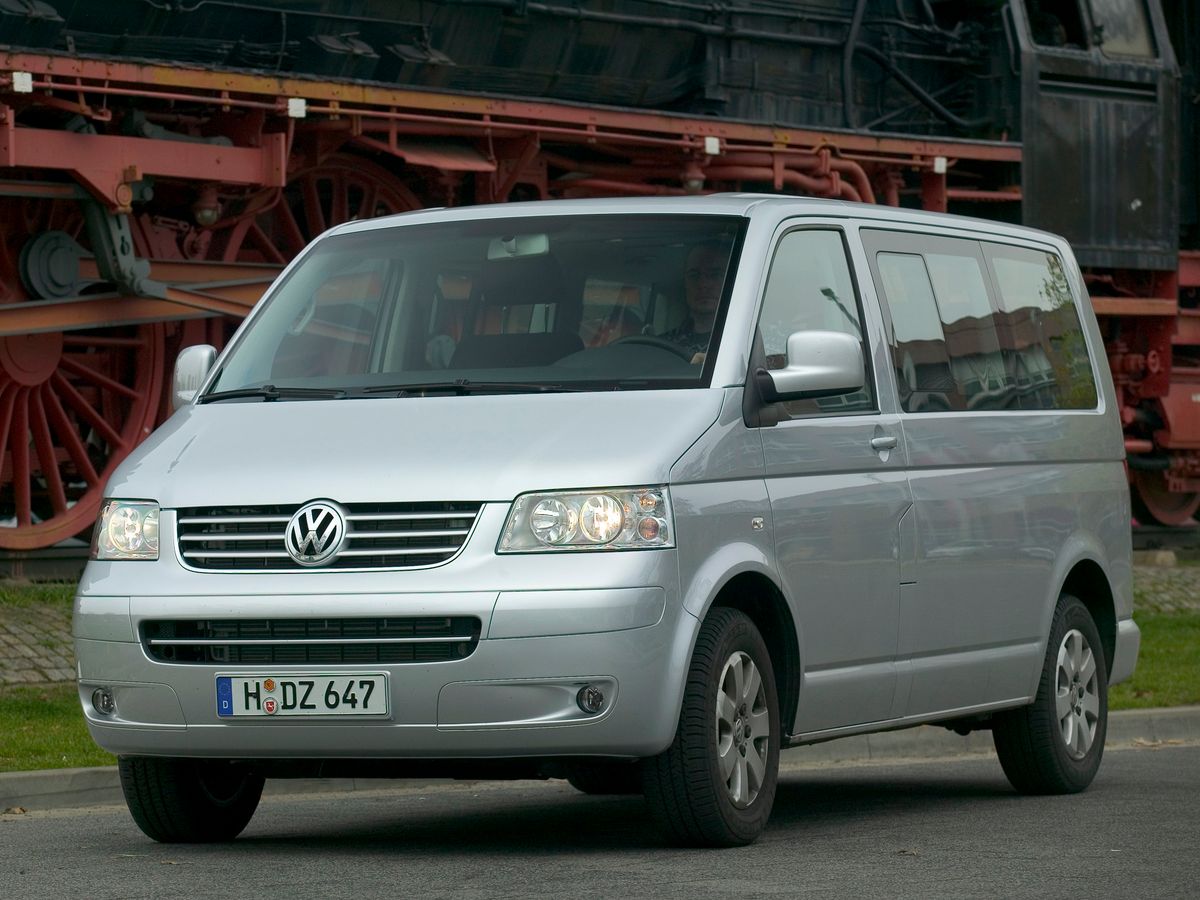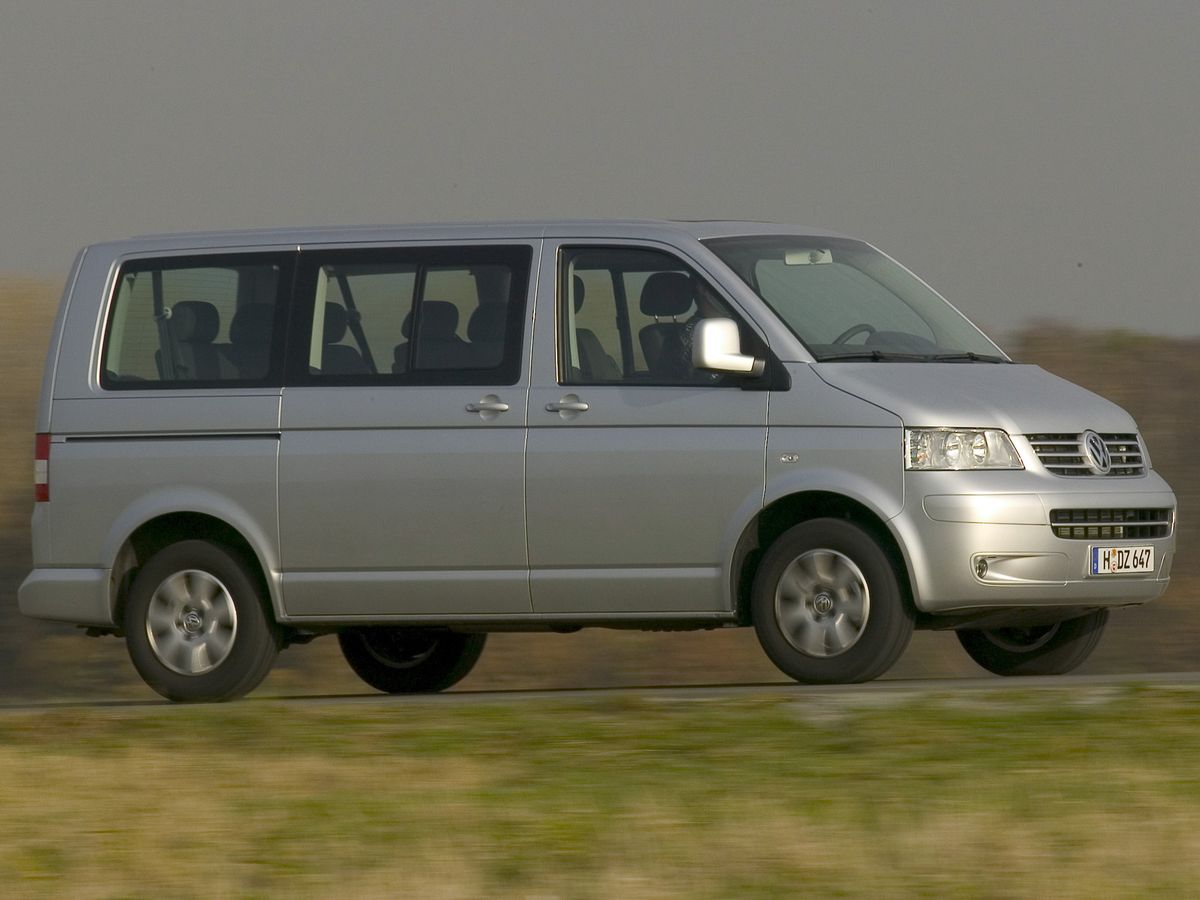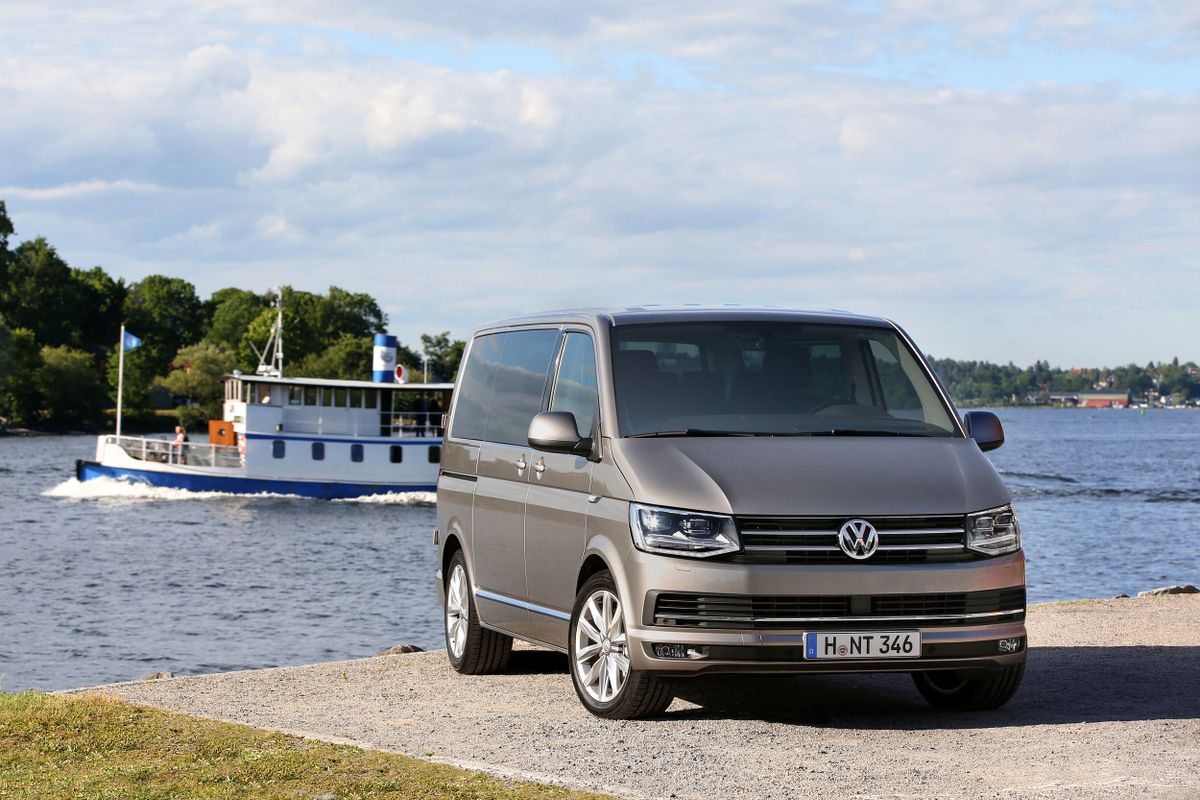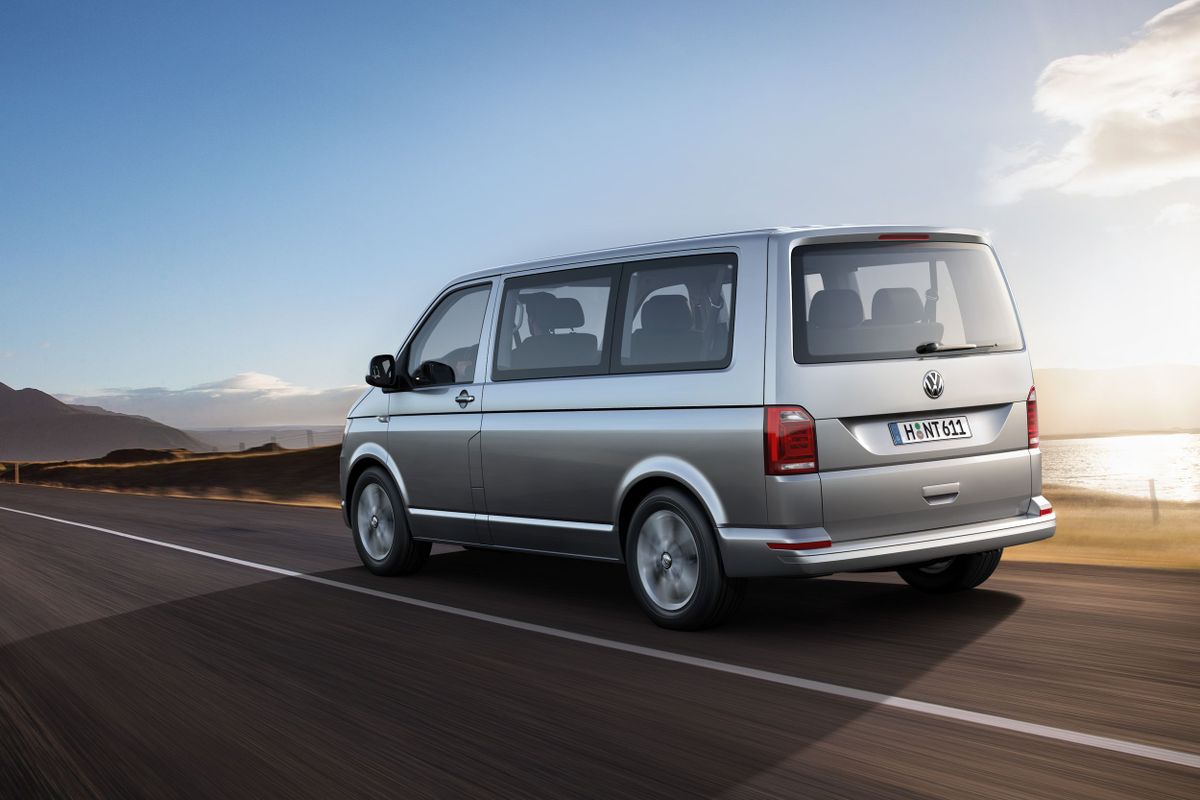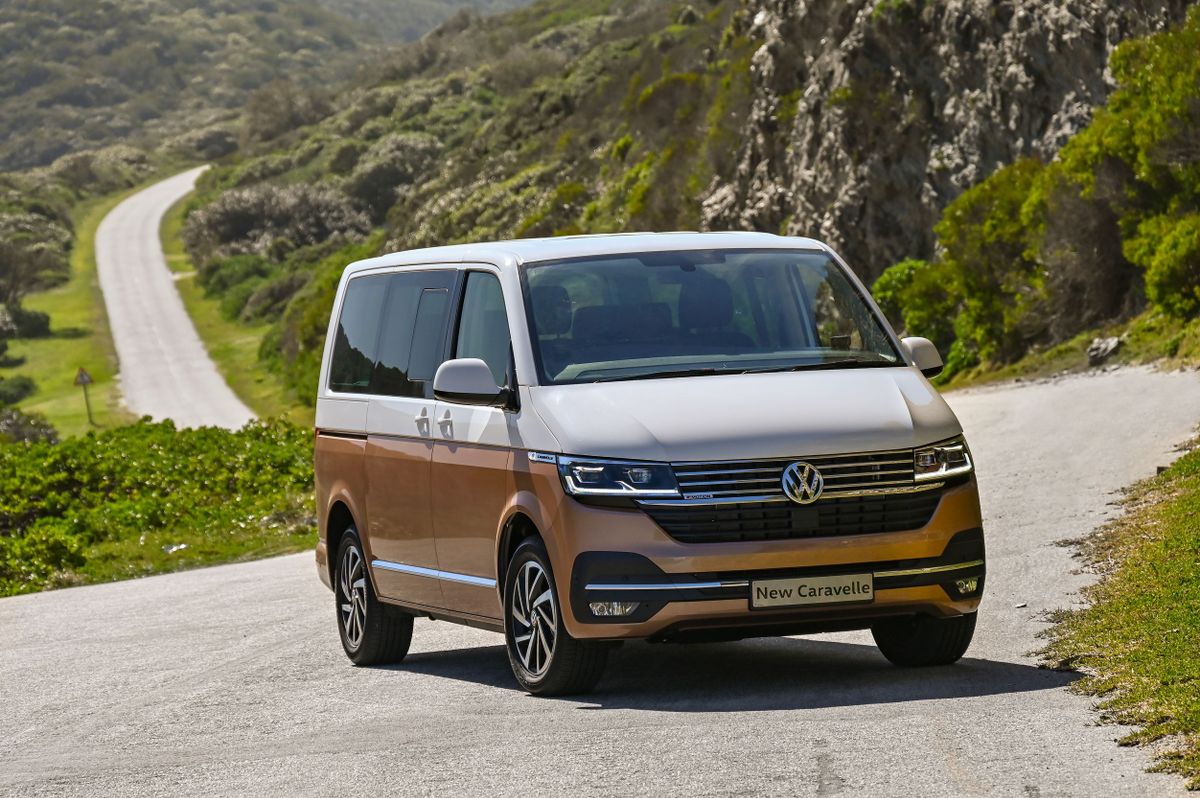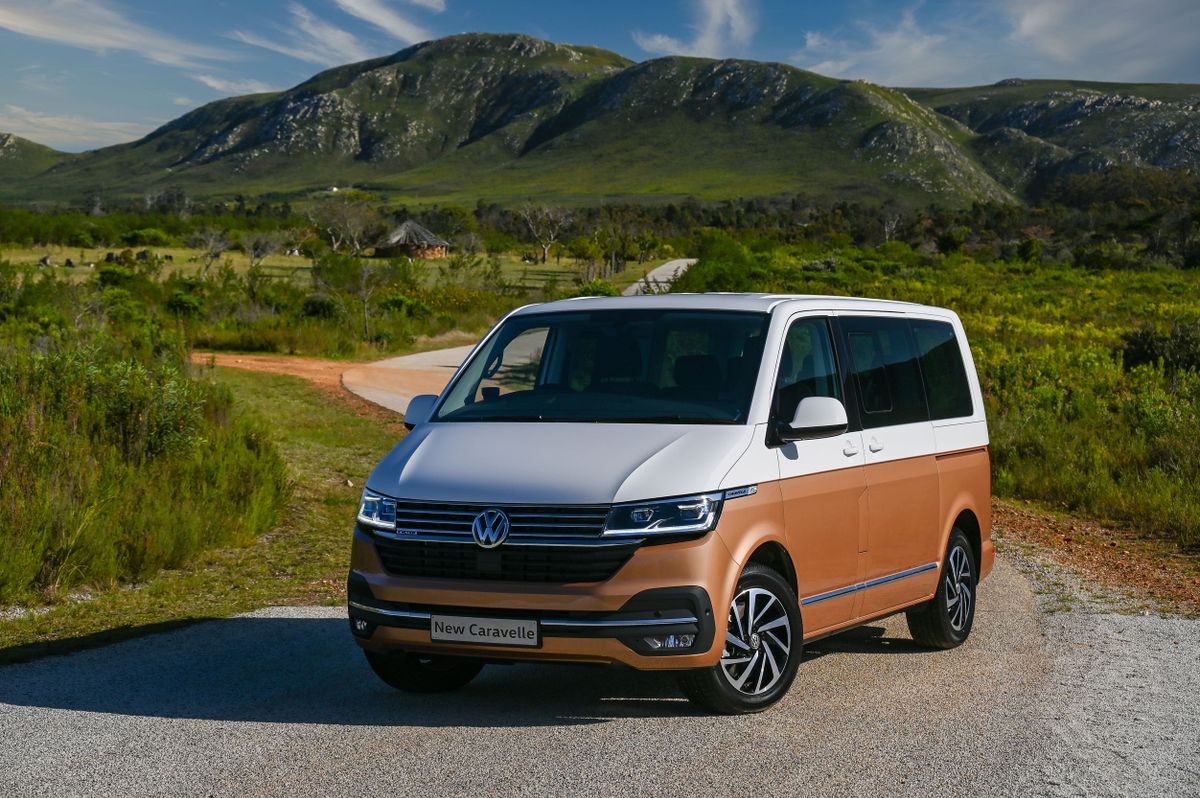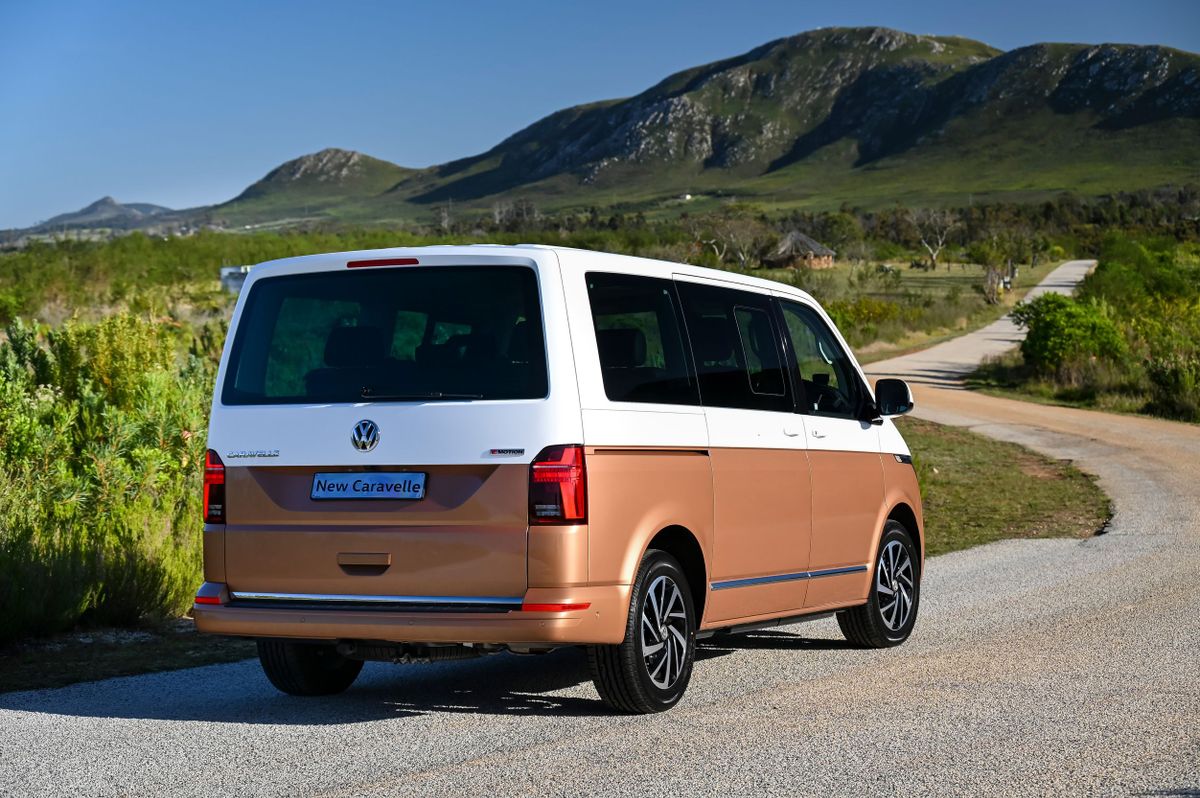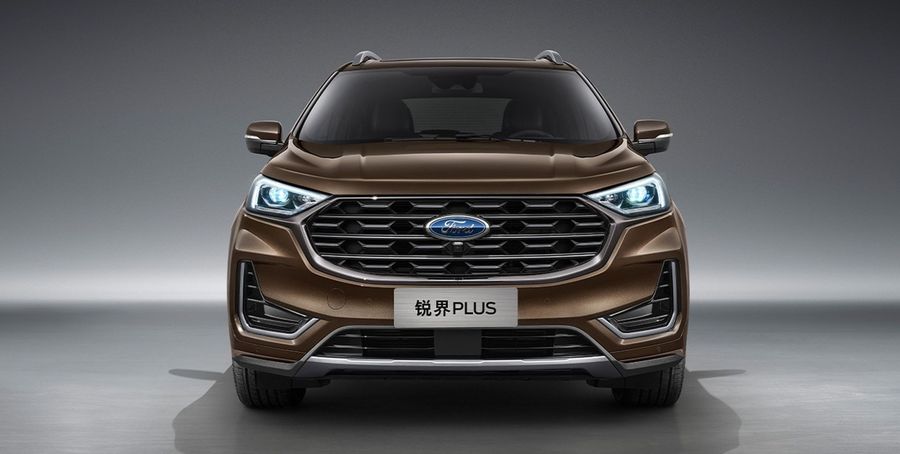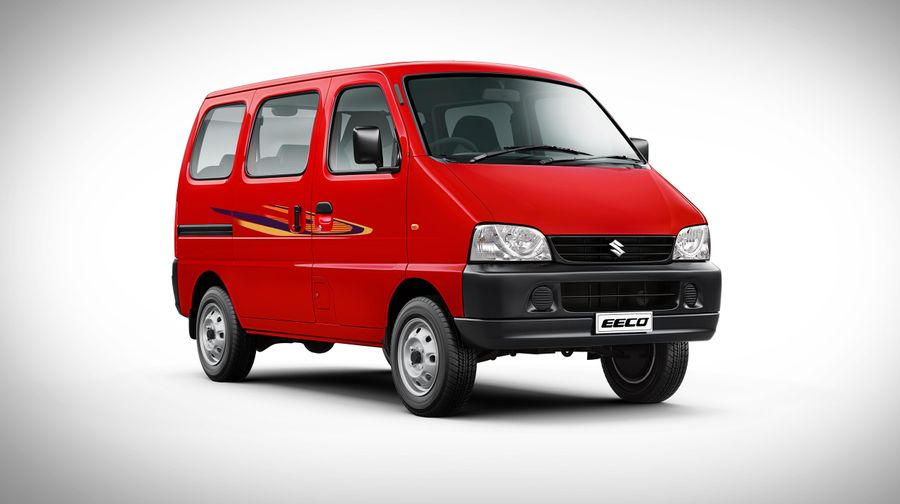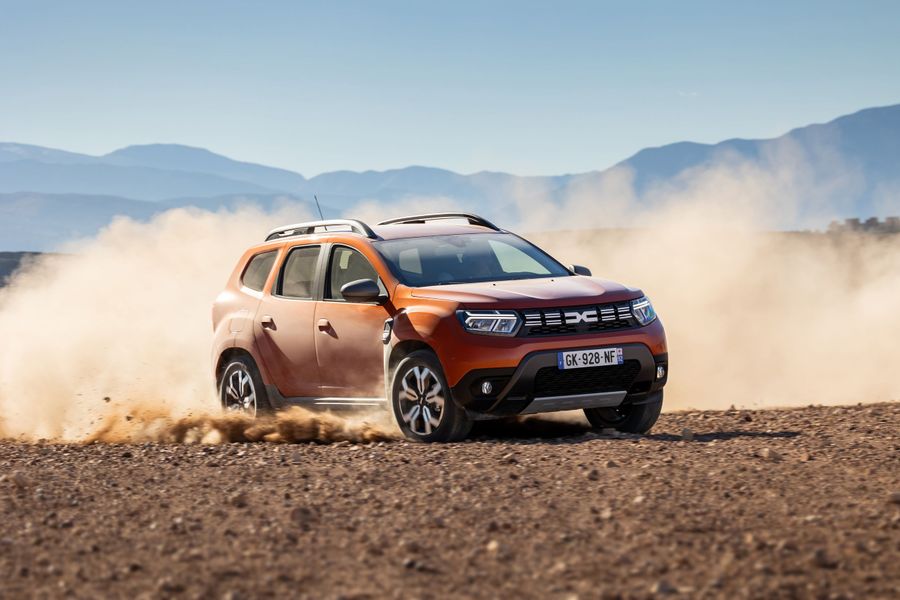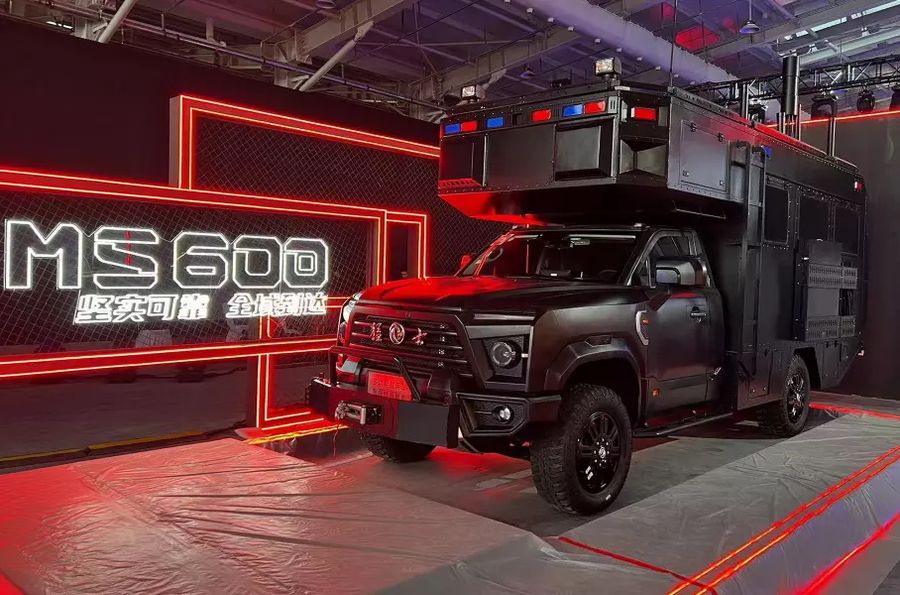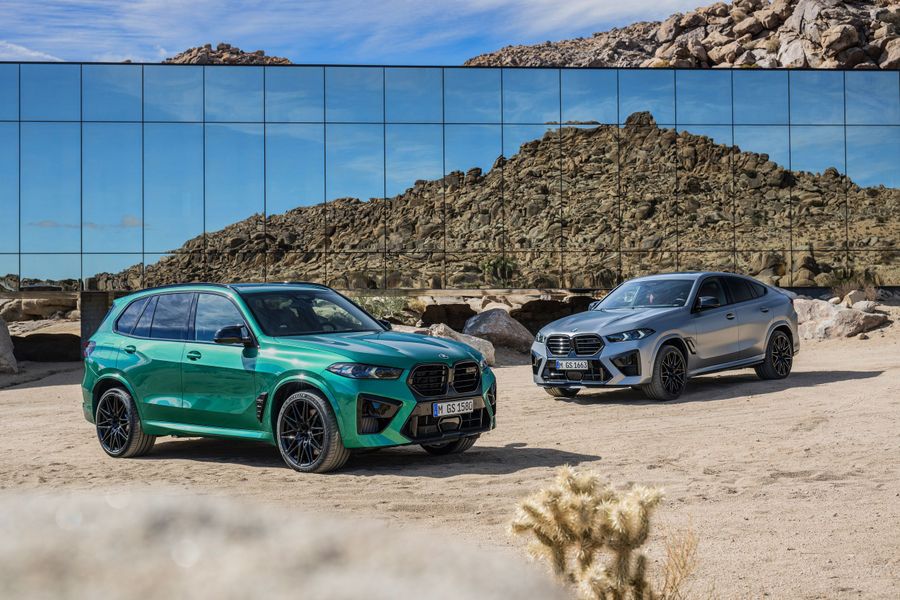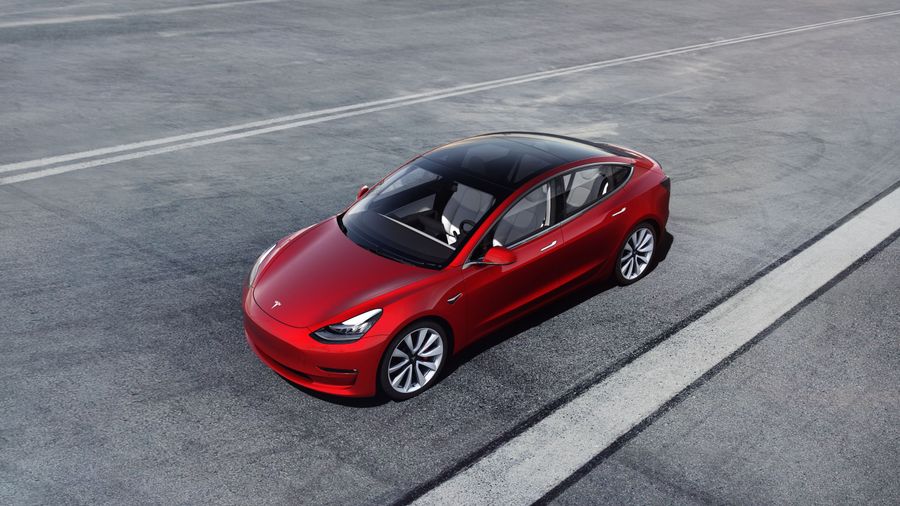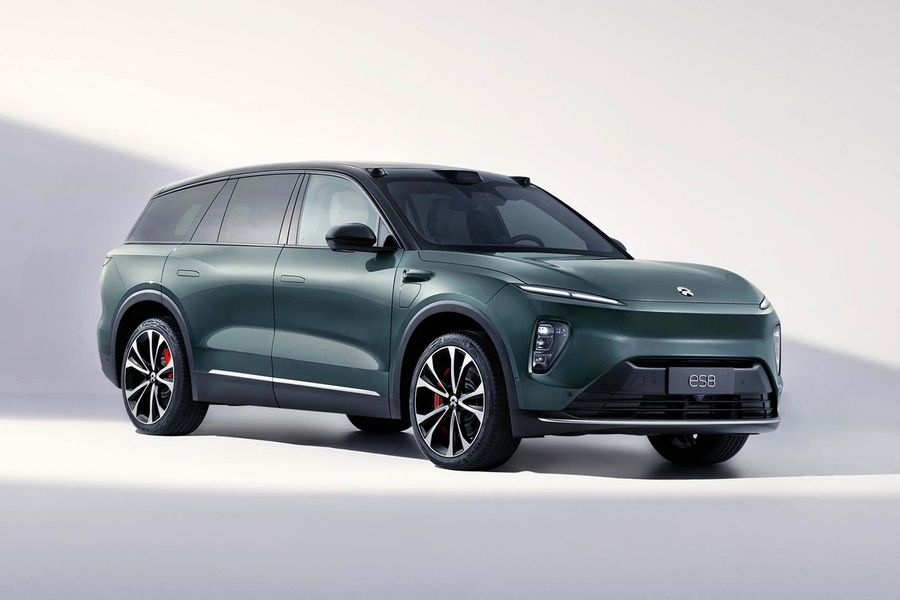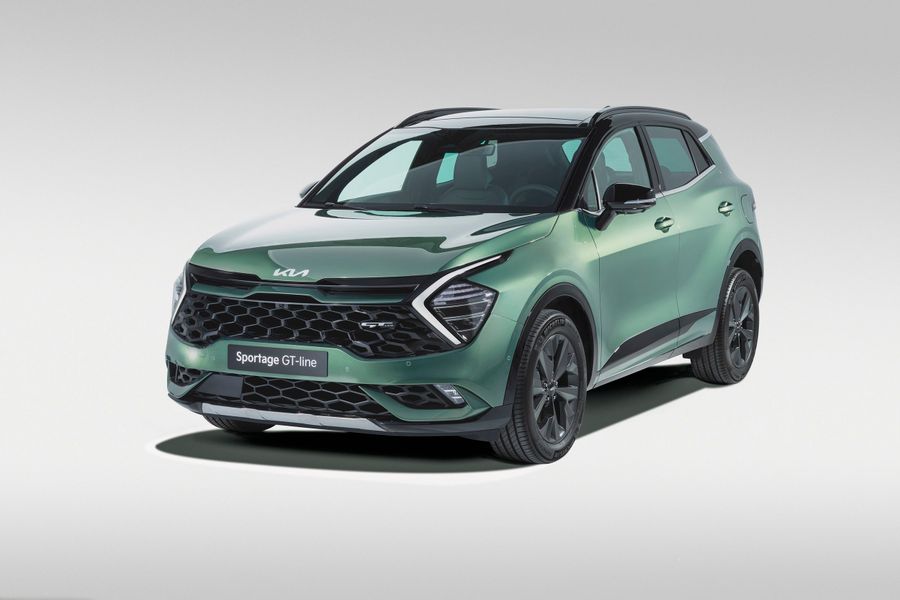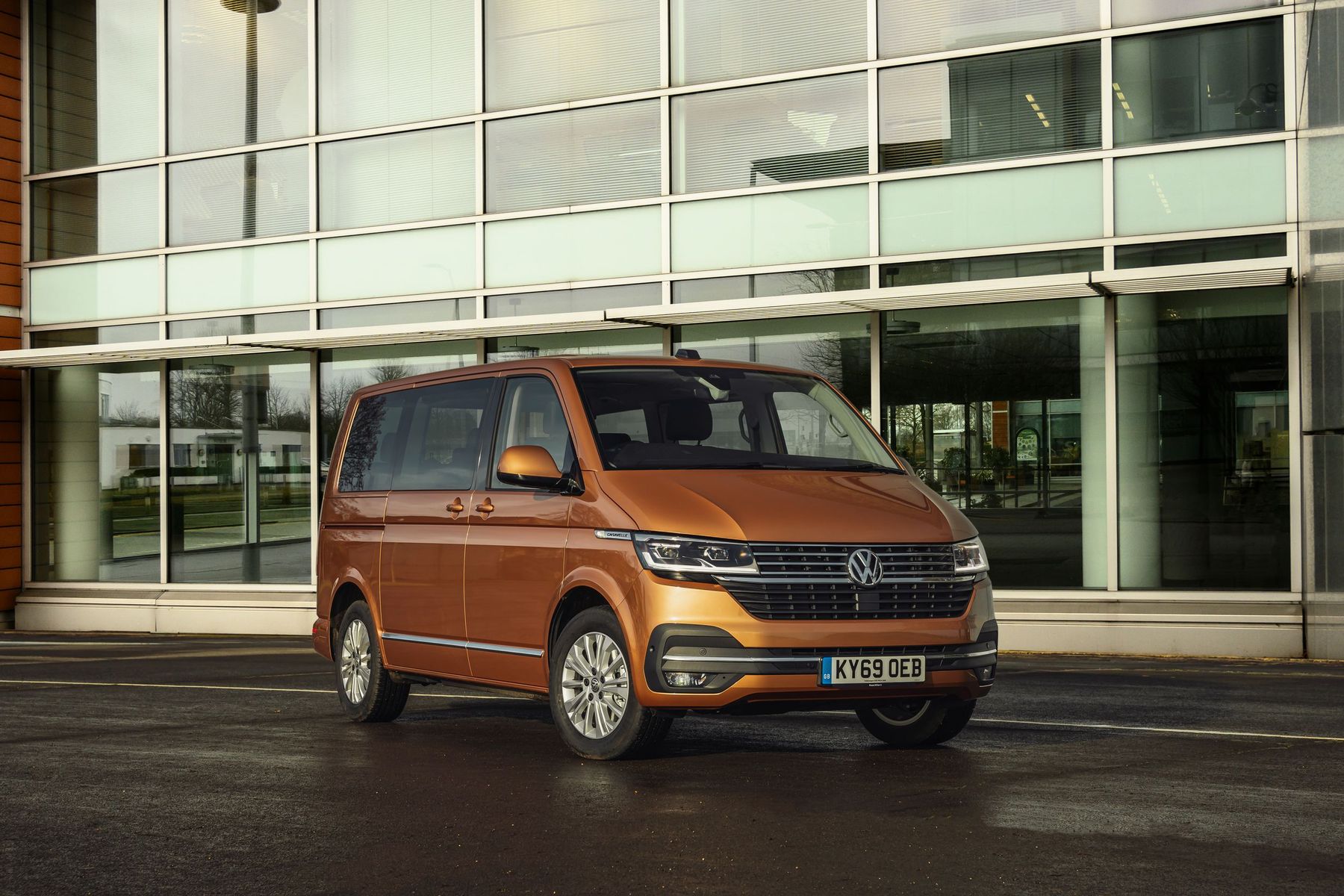
Terrestrial Caravelle
The Volkswagen Caravelle is a nine-seater minivan based on the Transporter light commercial van. It has been produced since 1980, starting from the third generation of the Transporter. Therefore, the generations are counted only from the third. Currently, the market offers the sixth generation of the minivan, which is equipped with turbocharged diesel and petrol engines (from 102 to 204 hp), a manual gearbox or a DSG, front or all-wheel drive. The Caravelles are available in two length variants and come with a huge list of options (as of 2021).
The 2020/2021 Volkswagen Caravelle is perhaps one of the most comfortable category B cars designed to carry the maximum number of people. The three or four row minivan can easily sit nine people, including the driver. However, the number of seats remains at your choice: the factory offers six-, seven- and eight-seater versions. An undoubted advantage is the presence of a longer wheelbase option, an all-wheel drive version and a transformable interior as standard. If necessary, the Caravelle can be easily transformed into a van with a 6.7 m³ cargo compartment. This versatility attracts a wide variety of buyers.
The third generation
It was produced from 1980 to 1990 on the basis of the Transporter T3 van and was equipped with two boxer petrol engines and one diesel unit. For the first time in this segment, the minivan received a huge list of options to choose from, in terms of comfort level similar to business class cars: power windows and exterior mirrors, central locking, tachometer, heated seats, rear wipers, washers and headlight wipers, a retractable footrest under a sliding side door, and air conditioning (since 1985). At the same time, the Caravelle acquired four-wheel drive. The front axle was connected with a viscous coupling and was reliable and easy to use, which ensured its widespread use on numerous Volkswagen models. In 1986, an anti-lock braking system (ABS) was added to the list of options.
The fourth generation
The Caravelle and Multivan were passenger versions of the Transporter with panoramic windows and were produced from 1990 to 2003. The cars were equipped with a wide range of petrol and diesel engines with a volume of 1.8 to 2.8 liters. There were 4-speed automatic and 5-speed manual transmissions.
The fifth generation
It was produced from 2002 to 2015. The more expensive Caravelle and Multivan models differed from the entry-level Transporter model by chrome stripes on the body. This generation was the first to feature a number of new technical solutions: all diesel engines were equipped with a unit injector, direct injection and a turbocharger. Models with 5 and 6-cylinder engines were equipped with an automatic transmission and four-wheel drive. And although the cars were produced not only in Germany, this generation was not exported to the United States, where the Volkswagen Routan model was available.
An undoubted advantage is the presence of a longer wheelbase option, an all-wheel drive version and a transformable interior as standard.
In 2010, the Transporter range, including the Caravelle, was modernized, and the exterior changes were aimed at adapting the car to the new corporate style of the company. The lighting equipment, interior, hood, front fenders, bumpers, side mirrors and a radiator grille were changed. More importantly, the range of engines acquired 2.0- and 2.5-liter petrol and diesel units with different output due to firmware and turbocharging. For the first time, a double turbocharging appeared on minibuses.
The sixth generation
It has been produced since 2015, and was restyled in 2019. The 2019/2020 Volkswagen Caravelle for Israel is equipped with 2-liter turbocharged diesel engines with an output ranging from 110 to 204 hp. The base 110 hp engine is coupled with a 5-speed manual transmission, while the more powerful engines are paired with an improved 7-speed DSG dual-clutch transmission. The new Volkswagen Caravelle is characterized by low fuel consumption thanks to its efficient powertrain and BlueMotion technology. The car is standardly equipped with a start-stop system that turns off the engine when the car is stopped, reducing fuel consumption and pollutant emissions.
The 2020/2021 Volkswagen Caravelle is offered with two wheelbases (3,000 or 3,400 mm) and two body lengths (4,904 or 5,304 mm), and the longer version appeared only after the 2019 restyling. The car can be 7, 8 or 9-seater. The loading length of the trunk, depending on the layout, can be up to 2 meters. The backrest of the three-seater backseat folds down. That is, in less than a minute, you can get hundreds of liters of additional trunk space. Fold the seat forward to free up space for transporting seasonal tires. The backs of most of the other seats are also foldable. Do you need to transport something giant and heavy? The seats, if desired, can be easily taken out of the passenger compartment. By the way, when the Caravelle is used as a van, no ‘cargo’ restrictions apply to it, because the car is passenger.
The trim levels destined for Israel include two safety packages, which include an adaptive cruise control system, an active FRONT ASSIST system for preventing head-on car accidents, a reverse assist system for detecting cross-traffic and a lane departure warning system. A modern minivan is equipped with 4-6 airbags, traction control systems and a stabilization system, a hill descent control system, a braking assistance system, a tire pressure monitoring system. There is an electronic differential lock, which contributes to better traction and a higher level of safety.


